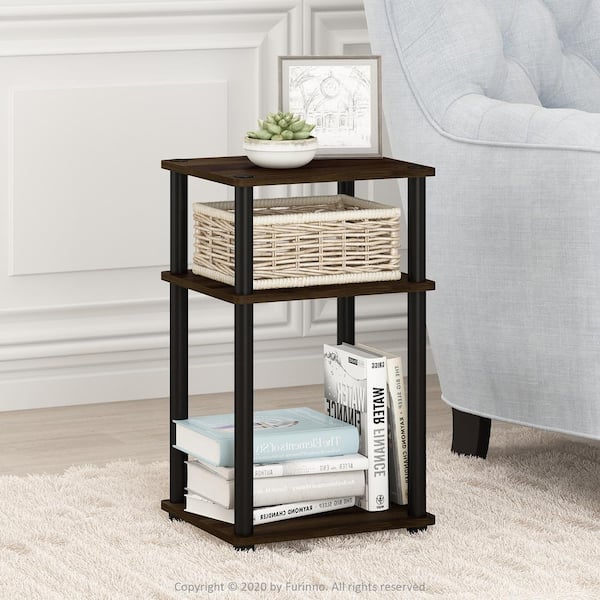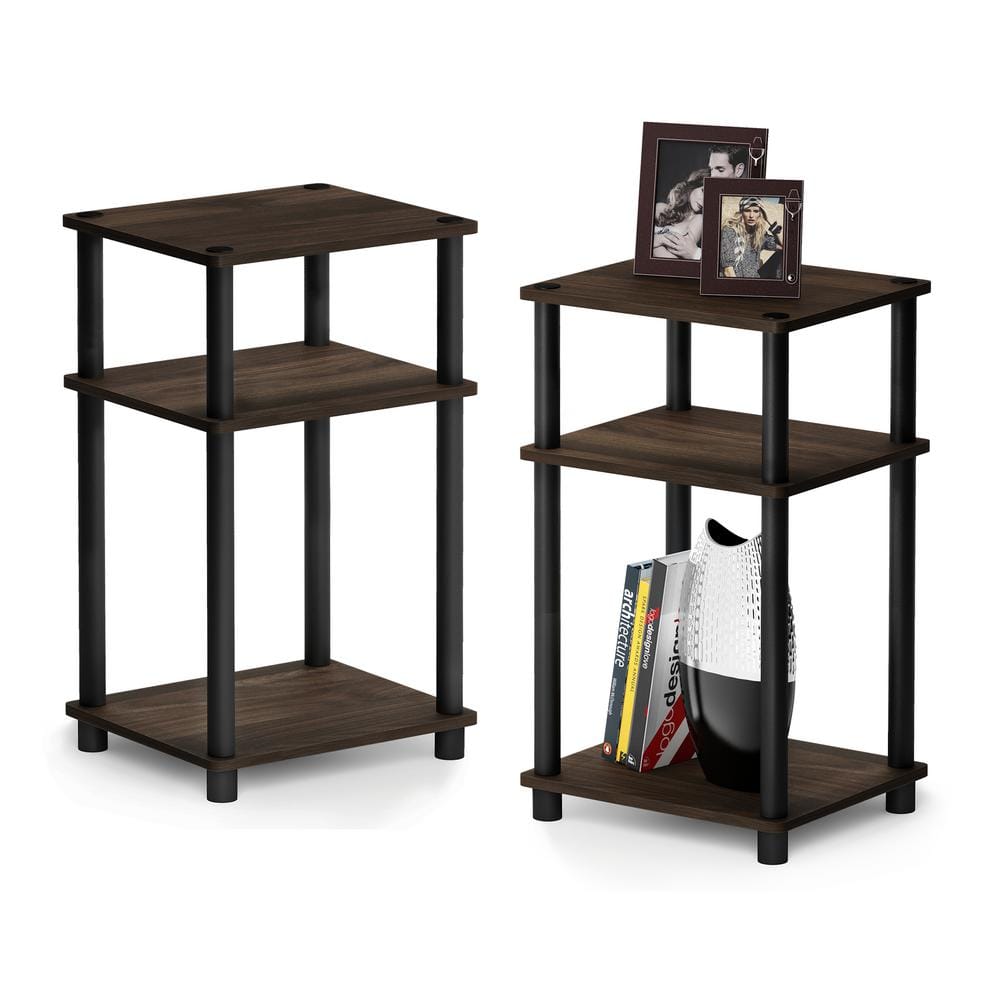Hey! So you’re wondering if you can use 3/8 plywood for a subfloor, huh? Well, you’ve come to the right place to find out!
When it comes to subfloors, choosing the right material is crucial for a sturdy and long-lasting foundation. So let’s dive in and explore whether 3/8 plywood is a suitable option for the job.
Now, before we get into the nitty-gritty details, let me tell you that the thickness of 3/8 plywood might raise some concerns. But don’t worry, we’ll break it down for you and provide all the information you need to make an informed decision. So, let’s get started!
Can You Use 3/8 Plywood for Subfloor?
Using 3/8 plywood for subflooring is not recommended. While it may be suitable for certain applications, it lacks the necessary thickness and structural integrity for a durable subfloor. Optimal subfloor thickness is typically 5/8 or 3/4 inch plywood, which provides adequate support for flooring materials and helps prevent squeaks and sagging. Additionally, thicker plywood offers better resistance to moisture and supports heavier loads. It’s essential to prioritize the strength and stability of your subfloor to ensure a long-lasting and reliable foundation.

Can You Use 3/8 Plywood for Subfloor: A Comprehensive Guide
When it comes to subfloors, choosing the right material is crucial for ensuring stability, durability, and longevity. One common question that often arises is whether 3/8 plywood can be used as a subflooring material. In this guide, we will explore the suitability of 3/8 plywood for subflooring and provide you with all the information you need to make an informed decision for your project.
What is 3/8 Plywood and its Strengths and Weaknesses?
3/8 plywood refers to plywood that has a thickness of 3/8 of an inch. It is a versatile building material used for a wide range of applications, including sheathing, roofing, and flooring. This type of plywood is made by gluing together multiple layers of thin wood veneers with their grain orientations alternating for added strength.
The use of 3/8 plywood for subflooring is a topic of debate amongst professionals and DIY enthusiasts. While 3/8 plywood can certainly be used for subflooring in certain circumstances, it may not be the best choice for all situations. Understanding the strengths and weaknesses of this material is essential in determining its suitability for your specific needs.
The Benefits of Using 3/8 Plywood for Subfloors
1. Versatility: 3/8 plywood is available in a variety of grades and types, making it suitable for different subflooring applications. It can be used in residential as well as light commercial projects.
2. Easy to Work With: 3/8 plywood is relatively lightweight, making it easier to handle and install. It can be cut to size easily and fits well in tight spaces.
3. Affordability: Compared to thicker plywood options, 3/8 plywood is generally more affordable, making it a budget-friendly choice for subflooring projects.
The Drawbacks of Using 3/8 Plywood for Subfloors
1. Limited Strength: Due to its thinner profile, 3/8 plywood is not as strong as thicker plywood options. It may not provide adequate support for heavy loads or withstand excessive foot traffic in certain applications.
2. Reduced Sound and Thermal Insulation: Thinner plywood tends to offer less sound and thermal insulation compared to thicker options. If soundproofing or insulation is a priority in your project, you may need to consider alternative materials.
3. Potential for Sagging or Flexing: The thinner nature of 3/8 plywood can result in increased deflection, leading to a bouncy or uneven floor surface if not properly supported.
Is 3/8 Plywood Suitable for Your Subflooring Needs?
While 3/8 plywood can be used in certain subflooring applications, it is essential to assess your specific needs before making a decision. Consider the following factors to determine if 3/8 plywood is suitable for your project:
1. Subflooring Use and Load Requirements
Determine the intended use of the subflooring and the anticipated load requirements. If you plan to install heavy fixtures or appliances on the subfloor or expect high foot traffic, thicker plywood may be a better option.
Tips:
- Consult a structural engineer or a professional contractor to assess your specific load requirements.
- Consider using additional support systems, such as floor joists or bridging, for increased stability and load-bearing capacity.
2. Flooring and Underlayment Compatibility
Consider the type of flooring you plan to install on top of the subfloor. Different flooring materials may have specific requirements regarding subfloor thickness and composition. It is important to ensure that the 3/8 plywood complies with the manufacturer’s recommendations for a proper installation.
Tips:
- Consult the manufacturer’s guidelines for your chosen flooring material to determine the recommended subfloor thickness and composition.
- Consider using an additional underlayment material, such as a cement board, to provide added stability and support.
3. Budget Constraints
Evaluate your budget constraints and project priorities. While 3/8 plywood is generally more cost-effective compared to thicker options, it is important to strike a balance between affordability and performance.
Tips:
- Obtain quotes for different plywood thicknesses and compare the cost implications.
- Weigh the potential long-term costs of repairs and replacements against the upfront savings of using thinner plywood.
Conclusion
When considering whether to use 3/8 plywood for subflooring, it is crucial to assess your specific project requirements and priorities. While 3/8 plywood may be suitable for certain applications, its limitations in terms of strength, sound insulation, and thermal insulation should be taken into consideration. Consult with professionals and adhere to manufacturer guidelines to ensure a successful and durable subfloor installation.
Key Takeaways: Can You Use 3/8 Plywood for Subfloor?
- Using 3/8 plywood for subfloor is not recommended as it is too thin and may not provide enough structural support.
- A subfloor needs to be strong and rigid to withstand the weight of flooring materials and furniture.
- It is better to use thicker plywood, such as 3/4 inch, for subflooring.
- Thicker plywood will ensure a stable and durable subfloor that can handle everyday wear and tear.
- Consult with a professional or follow building codes and guidelines for the appropriate thickness of subfloor plywood for your specific project.
Frequently Asked Questions
In this section, we will discuss some common questions related to using 3/8 plywood for subflooring. Whether you’re planning a DIY subfloor installation or considering your options, these Q&A pairs will provide valuable insights.
1. Can you use 3/8 plywood for subflooring?
While 3/8 plywood may be suitable for certain types of subflooring, it is generally not recommended for most applications. Subflooring is an important structural element, and using a thicker plywood offers more stability and durability. 3/8 plywood may not provide adequate support, especially in high-traffic areas.
It’s advisable to consult local building codes and guidelines when deciding on the ideal thickness for subflooring. In most cases, experts recommend using a minimum of 5/8 plywood to ensure a strong and dependable foundation for your flooring.
2. Will using 3/8 plywood compromise the integrity of my subfloor?
Using 3/8 plywood for subflooring can potentially compromise the integrity of your overall flooring structure. Thinner plywood may flex and sag over time, leading to an uneven subfloor and causing problems with your finished flooring. It may not be able to withstand heavy loads or support the weight distribution of furniture and foot traffic.
To ensure the long-term integrity of your subfloor, it is recommended to use plywood that meets or exceeds local building codes. Opting for a greater thickness, such as 5/8 plywood, will provide enhanced stability and minimize the risk of structural issues down the line.
3. Are there any situations where 3/8 plywood is suitable for subflooring?
In certain situations, 3/8 plywood may be suitable for subflooring, although these cases are typically limited. For example, in areas with minimal foot traffic, such as closets or small storage spaces, the thinner plywood may be more acceptable. Before using 3/8 plywood, it’s crucial to assess the specific requirements and consult with professionals to ensure it meets safety and durability standards.
It’s important to consider the type of flooring you plan to install as well. Some flooring materials may have specific requirements for subfloor thickness, and using 3/8 plywood may not meet those specifications. Always check manufacturer guidelines and relevant building codes before making any decisions.
4. What are the advantages of using thicker plywood for subflooring?
Using thicker plywood for subflooring offers numerous advantages. Firstly, it provides better structural integrity and stability, ensuring that your floor remains even and level. Thicker plywood is also more capable of withstanding heavy loads and reducing squeaks or creaks that thinner plywood may produce.
Additionally, thicker plywood offers improved sound insulation properties, reducing noise transfer between floors. Furthermore, if you plan to use tile or stone flooring, thicker plywood is better equipped to handle the additional weight and prevent cracking or damage caused by movement.
5. Is it worth the investment to use thicker plywood for subflooring?
Using thicker plywood for subflooring may require a slightly higher upfront investment, but it is often worth it in the long run. Thick plywood provides enhanced durability, reducing the likelihood of damage over time and the need for frequent repairs or replacements.
By using the recommended thickness, such as 5/8 plywood, for your subflooring, you can ensure the longevity of your flooring and avoid costly issues down the line. It’s a worthwhile investment that will contribute to the overall stability, lifespan, and performance of your floor.

Summary
So, can you use 3/8 plywood for subfloor? Well, it’s not ideal. While 3/8 plywood may work for lightweight loads, it may not provide the necessary support for heavier materials or foot traffic. It’s best to consult a professional or follow building codes for the right subfloor thickness.
Remember, subfloors are an essential part of your home’s foundation. They help distribute weight and prevent damage. Using the right materials and thickness ensures a sturdy and safe floor for years to come.
